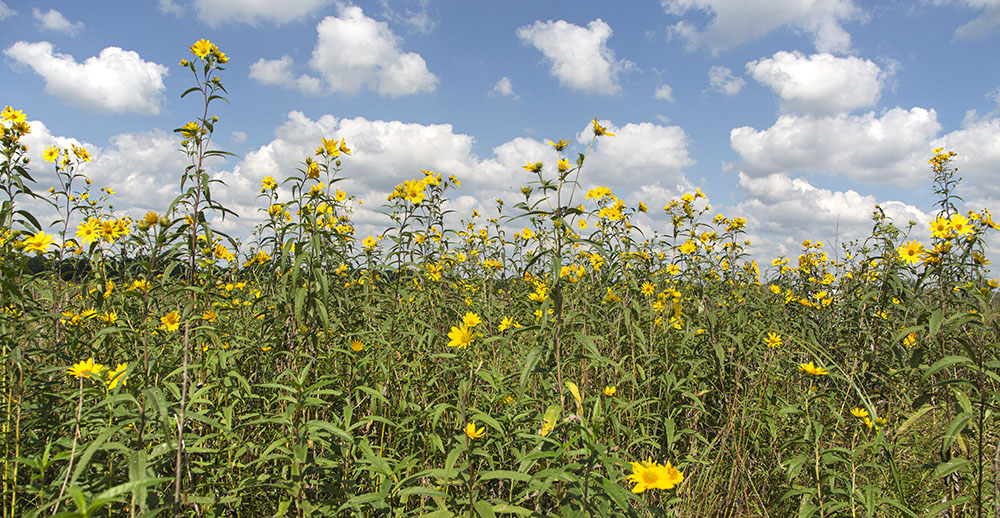
Forbs and Fun at Chiwaukee Prairie State Natural Area!
March 26, 2024 | Topics: Places
By Eddee Daniel
“… the most ordinary scrap of meadow can rock us back on our heels in awe.”
~ Robin Wall Kimmerer, Braiding Sweetgrass
What it takes, in order to feel the awe expressed above by Kimmerer, is allowing yourself the time and the presence of mind to appreciate what can be seen beneath your feet and all around you in said meadow. It also definitely helps, if you’re a novice at plant and animal identification like me, to have an expert guide. Which I did the day I took the photos in this essay. Kay McClelland, a naturalist with the Chiwaukee Prairie Preservation Fund, led a tour for Natural Resources Foundation of Wisconsin members.

I should add straightaway that Chiwaukee Prairie is no “ordinary scrap of meadow.” The tour description identified it as “the richest prairie in Wisconsin.” Located in the extreme southeast corner of the state, this 477-acre preserve is designated a State Natural Area by the WI DNR. The designation is intended to protect “outstanding examples of Wisconsin’s native landscape of natural communities,” according to the DNR website. In other words, Chiwaukee Prairie contains an excellent assortment of native plants and animals, a tiny fraction of which can be seen in these photos.
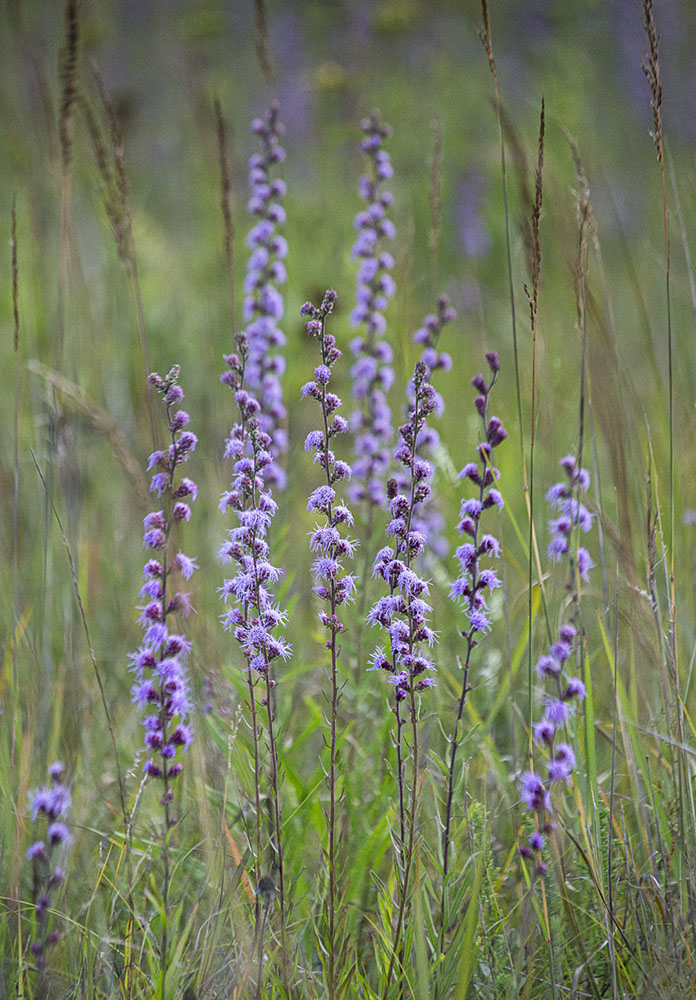

But it gets even better than that! Our tour began with a couple of large maps that showed not only where the prairie exists in Wisconsin. On the Illinois side of the border lies an even larger portion of this vast ecosystem. Together known as the Chiwaukee Prairie-Illinois Beach Lake Plain, it is a 4,500-acre landscape that “represents the highest quality remaining coastal area in southeast Wisconsin and in all of Illinois,” according to the website of The Nature Conservancy (which helped acquire and protect the land).
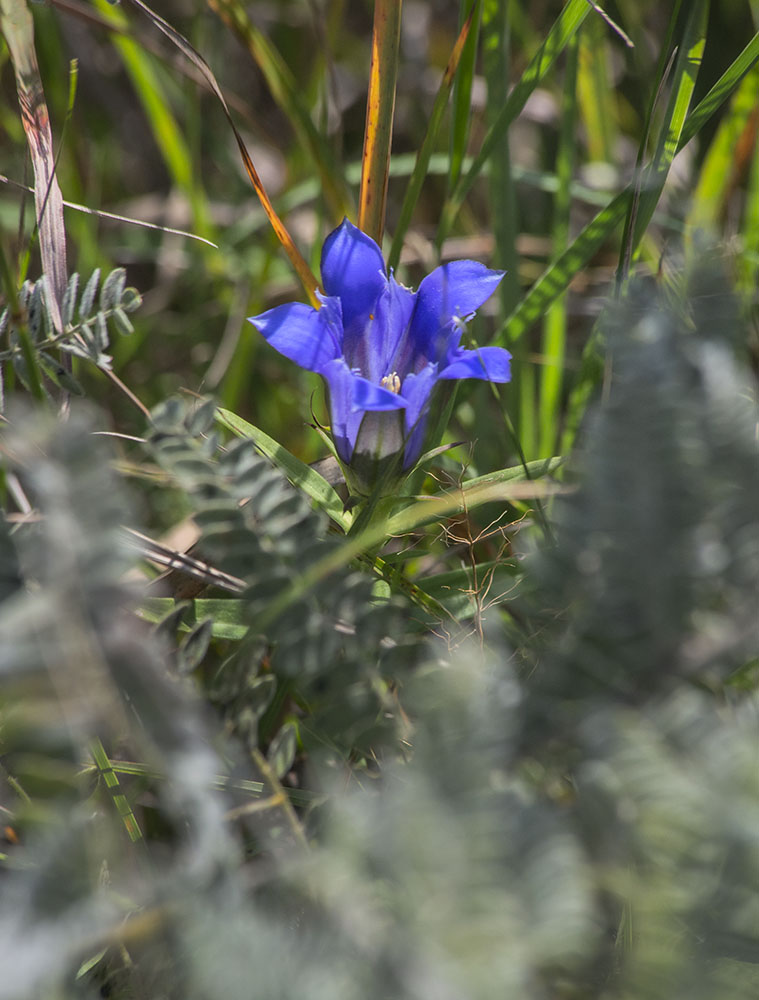

The maps also revealed one of the less fortunate facts about the prairie, its legacy of private land ownership. Not only did this make it challenging to acquire parcel after small parcel of land in separate private ownership, parts of the preserve remain fragmented and disconnected. The largest portion not connected to the prairie proper, in which we stood, is known as the Kenosha Sand Dunes—one of the few portions with actual lake frontage.
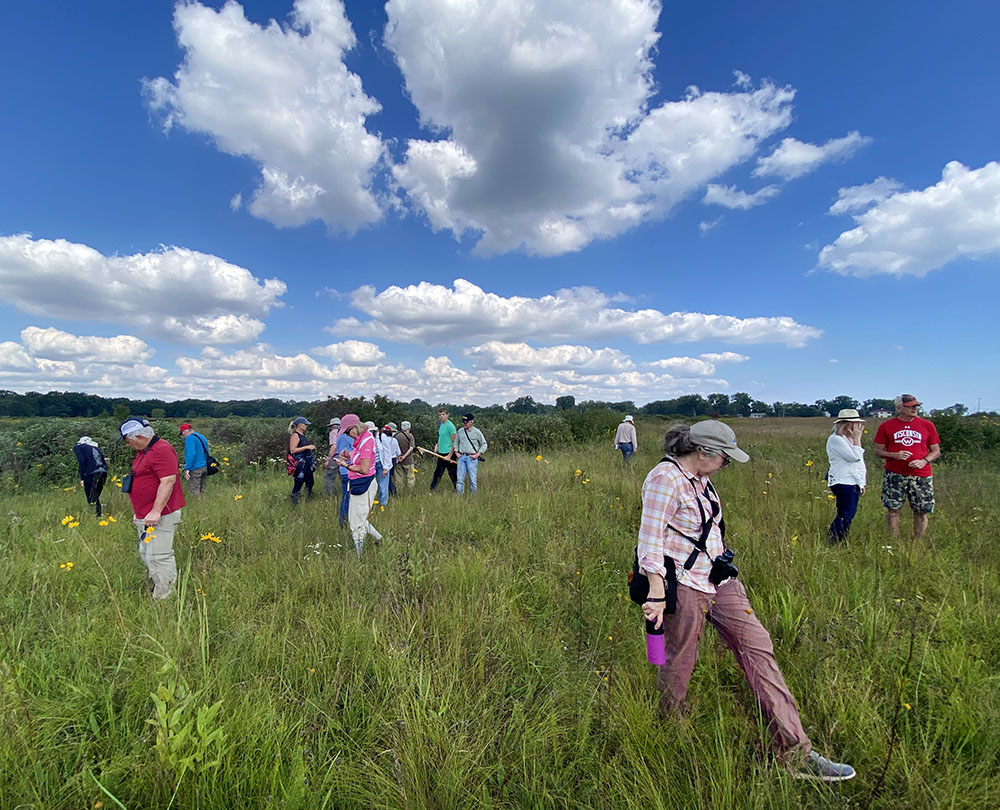
From where we were standing we could easily see the row of houses commanding the lake frontage at this point. The lake itself, about 800 ft away, is not visible from here at eye level. We turned inland to begin our tour, immediately leaving the path and bushwhacking through tall grass and wildflowers. For a while we went single file, threading our way through thigh-high shrubs, occasionally trying to gather together to view a flower someone spotted.
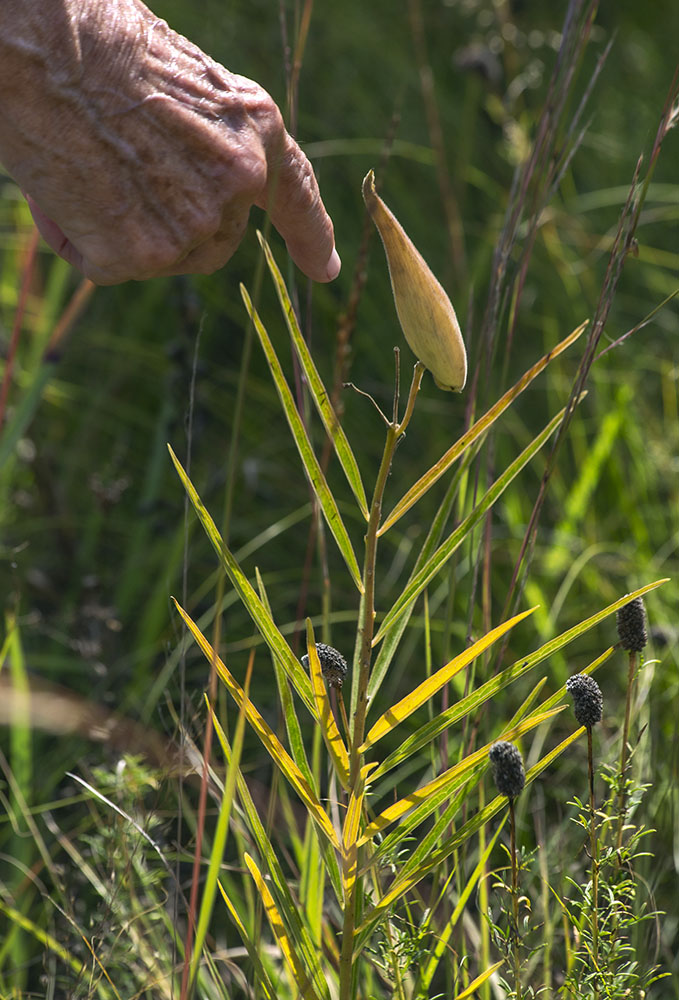
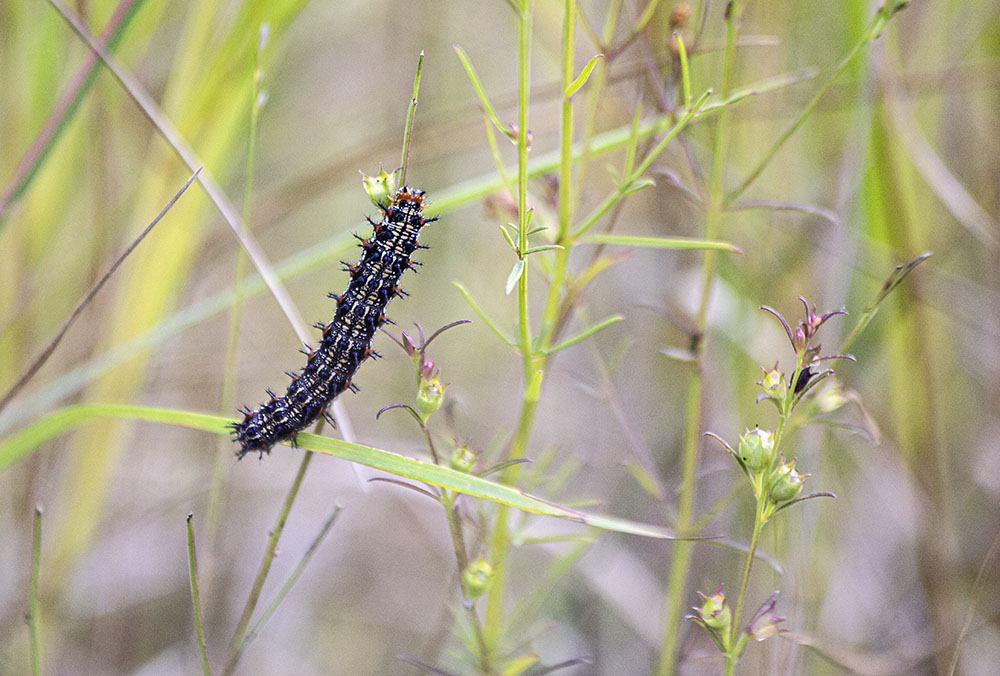
Before long, though, we reached a broad meadow that allowed everyone to spread out in their efforts to find unusual species. When someone did come across one everyone rushed over and circled around to see it. Some species are showier than others, of course. The preserve is home to more than 400 species of vascular plants, including 26 rare species.

Being a lake plain, the topography is mostly level, undulating slightly with gentle ridges and swales—a legacy of the slowly receding glacier that scooped out Lake Michigan. The DNR website describes the ecosystem as “a mosaic of plant communities, ranging from southern sedge meadow, wet prairie, and wet-mesic prairie in the low areas, to dry-mesic prairie on the slightly elevated sandy ridges. Portions of the site are classified as calcareous fen, inhabited by calcium-loving plants.”
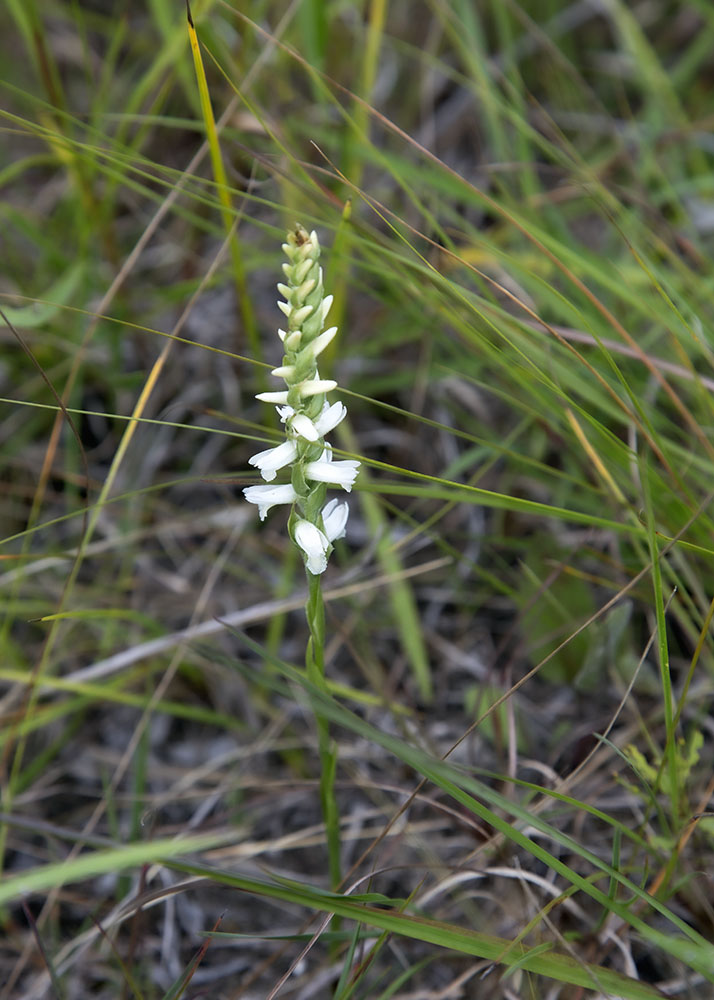

There are some trees in the preserve, mostly bur and black oaks, but they are farther west and south than we would go on our tour. While I learned about several new species of flower on the tour, the most surprising thing I learned was about a very familiar family of species, the goldenrods. There are well over a hundred of them, some native to Wisconsin, some not. The surprising revelation was that, despite the name, they are not all golden. We saw several examples of white ones. Counterintuitive, but classification and naming have more to do with genetics than aesthetics, I guess.


Speaking of aesthetics, the highlight of the day for me photographically wasn’t a flower at all but an insect. A very large insect. Talk about showy! The praying mantis was a big hit amongst the group. It wasn’t just characteristically spectacular in size and angularity, but this one was positively a showoff. It seemed to revel in its popularity, holding a pose while person after person stepped close to observe and to snap off a photo.

This tour took place in late September, on the cusp between summer and autumn. But if you visit just about any time between spring and autumn you are bound to find something in bloom. It was here at Chiwaukee Prairie, about six or seven years ago, that I witnessed the most breathtaking display of a single species in the wild in my experience. These photos represent it as well as I could, but are inadequate to the task of fully encompassing the magnificence of acre after acre of blue lupine blossoms. They bloom from May to June. It was June, as I recall, when I was there.
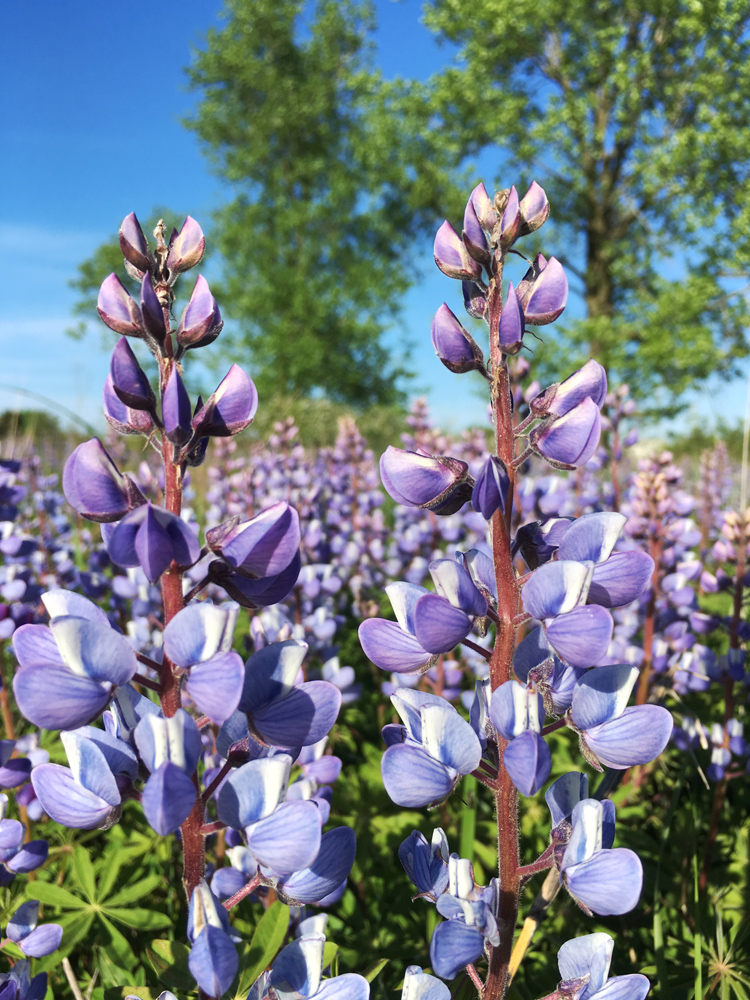
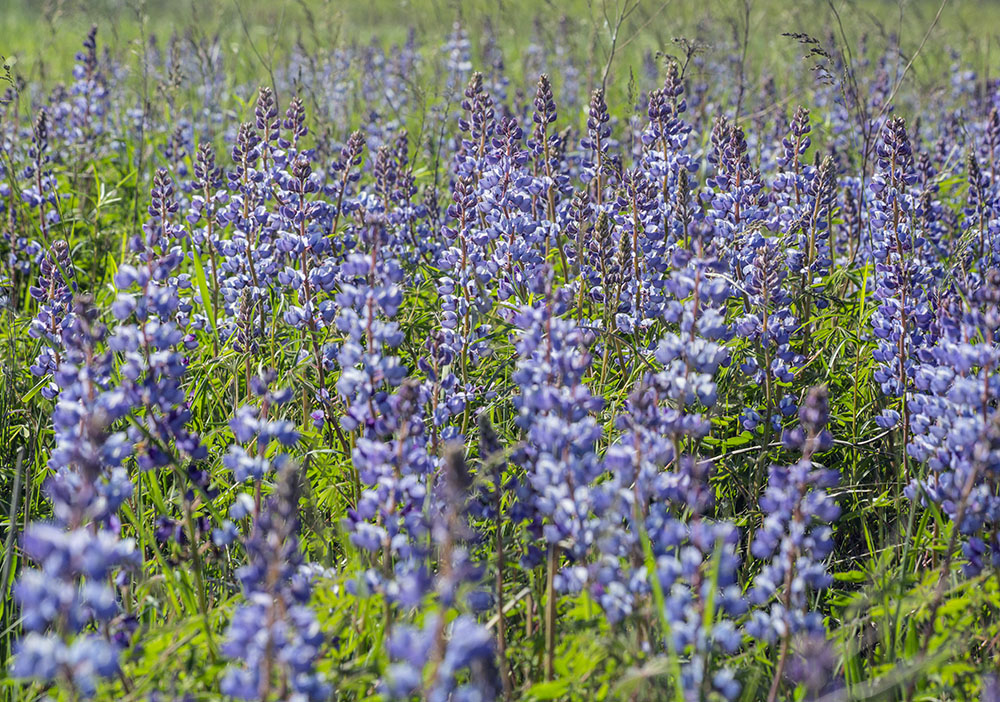
So, allow yourself some time to visit Chiwaukee Prairie sometime and allow it to rock your heels back in awe.

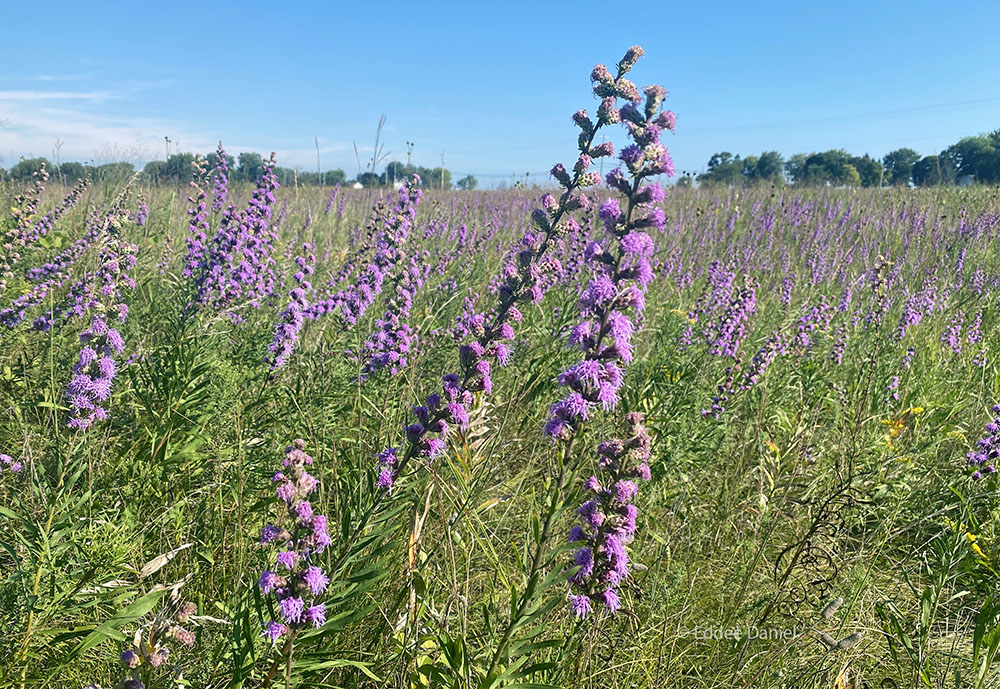
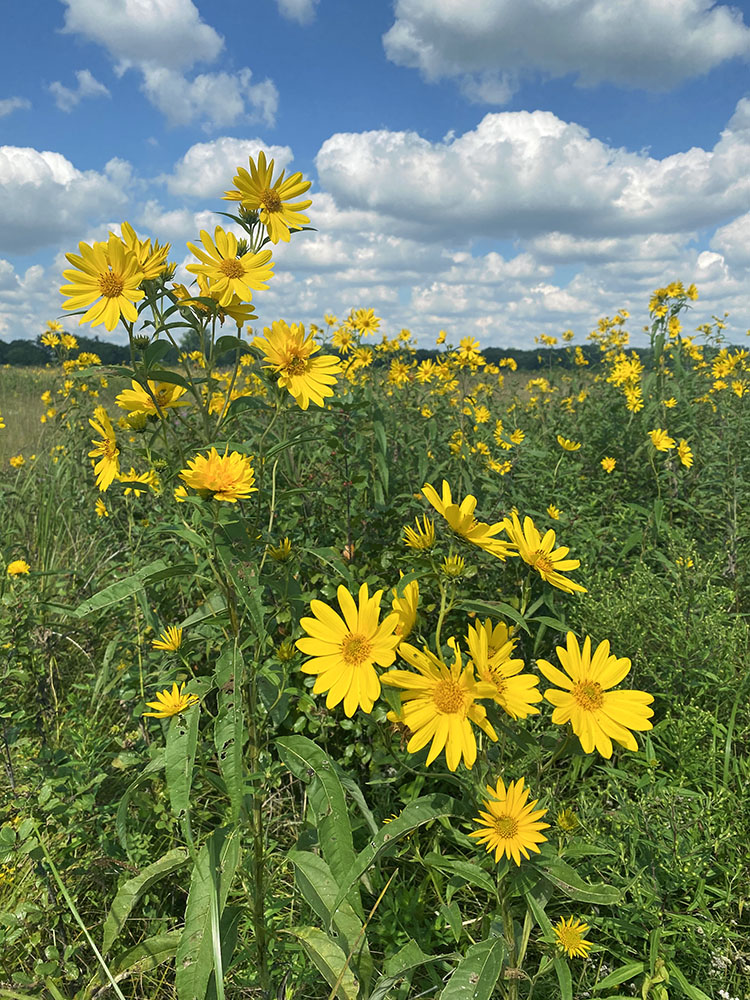
Related stories:
Chiwaukee Prairie: If You Restore It, They Will Come
Prairie Seeding Honors Ancestors at Buffalo Speaks Reserve
Young Prairie: Restoration and Recreation
The Prairie: Bristol Woods County Park
For more information (and photos) about Chiwaukee Prairie go to our Find-a-Park page.
Remember, you can always find many more beautiful places like this to experience in SE Wisconsin on our ever-growing Find-a-Park map.
Eddee Daniel is a board member of Preserve Our Parks and a member of Natural Resources Foundation of Wisconsin, which is also a project partner of A Wealth of Nature.
2 thoughts on "Forbs and Fun at Chiwaukee Prairie State Natural Area!"
Comments are closed.


Hi Eddie…are these walk open to the public or just the groups you belong to. You find the best places….
Thank you Sharon. The NRF-sponsored walks are only for members. But the Chiwaukee Prairie Fdn also does its own and they are for all.